Home>Storage Ideas>Kitchen Storage>I’ve Remodelled 9 Kitchens And These Are The 10 Lessons Learned
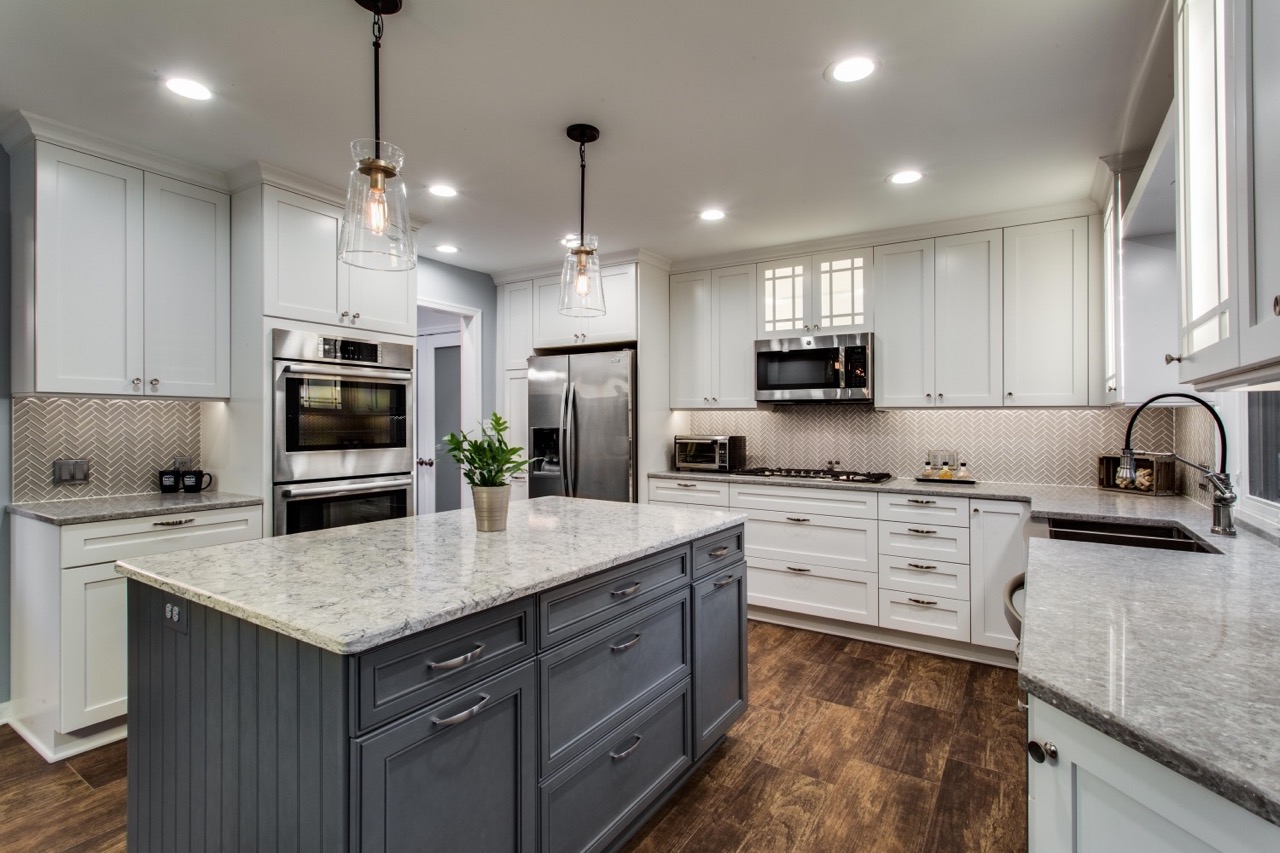

Kitchen Storage
I’ve Remodelled 9 Kitchens And These Are The 10 Lessons Learned
Modified: February 26, 2024
Discover 10 practical kitchen storage ideas from an expert who has remodeled 9 kitchens. Learn valuable lessons for maximizing space and organization.
(Many of the links in this article redirect to a specific reviewed product. Your purchase of these products through affiliate links helps to generate commission for Storables.com, at no extra cost. Learn more)
Introduction
Welcome to the world of kitchen remodeling! As an experienced kitchen remodeler, I’ve had the opportunity to work on numerous projects and have learned valuable lessons along the way. A kitchen remodel can be an exciting but daunting task, as there are countless factors to consider and decisions to make. From layout design to storage solutions, lighting to material selection, each element plays a crucial role in creating a functional and beautiful kitchen space.
In this article, I will share with you 10 lessons that I have learned from remodeling kitchens over the years. These lessons are not only practical but also insightful, providing you with valuable guidance as you embark on your own kitchen renovation journey. So, let’s dive in and discover the secrets to a successful kitchen remodel.
Key Takeaways:
- Lesson 1: Proper planning, functionality, storage, lighting, material selection, attention to detail, ventilation, and budgeting are crucial for a successful kitchen remodel. Communication with professionals and family members is key for a smooth renovation process.
- Lesson 2: Prioritize functionality, quality materials, and effective storage solutions to create a beautiful and practical kitchen space. Whether hiring professionals or opting for a DIY approach, clear communication and thorough planning are essential for a successful remodel.
Lesson 1: Proper Planning is Essential
When it comes to kitchen remodeling, proper planning is the foundation of a successful project. Before you start tearing down walls or picking out countertops, take the time to carefully plan out every aspect of your new kitchen.
Start by assessing your needs and envisioning how you want your kitchen to function. Consider your cooking habits, the number of people using the kitchen, and any specific features or appliances you desire. This will help you create a layout that maximizes efficiency and meets your unique needs.
Next, create a detailed budget. This will allow you to allocate funds to different areas of the remodel, ensuring that you stay within your financial limits. Be sure to factor in costs for materials, labor, and any additional expenses that may arise.
Once you have a clear vision and budget in mind, it’s time to create a timeline. Determine how long each phase of the remodel will take, and set realistic deadlines for completion. This will help keep you organized and on track throughout the renovation process.
Another crucial aspect of planning is researching and selecting the right professionals to work with. Whether you choose to hire a general contractor, an architect, or designer, it’s important to find experienced professionals who understand your vision and can bring it to life.
Lastly, don’t forget the importance of obtaining the necessary permits and approvals. Depending on the scope of your project, you may need to comply with local building codes and regulations. Failing to do so can result in costly delays or even legal issues.
Proper planning sets the stage for a smooth and successful kitchen remodel. Take the time to carefully consider your needs, create a budget and timeline, and work with the right professionals. By doing so, you’ll set yourself up for a stress-free renovation experience.
Lesson 2: Functionality Matters
When designing a kitchen, it’s easy to get caught up in the aesthetics and overlook the importance of functionality. However, a beautiful kitchen that lacks practicality can quickly become frustrating to use. That’s why lesson number two is all about emphasizing the importance of functionality in your kitchen remodel.
Start by carefully considering the layout and flow of your kitchen. The “work triangle” concept, which consists of the sink, stove, and refrigerator, should be designed in a way that allows for efficient movement between these key areas. This will minimize the time and effort required to prepare meals and make cleanup easier.
Consider the placement of appliances, cabinets, and countertops to ensure they are within reach and in logical proximity to each other. Keep frequently used items easily accessible, while storing less commonly used items in more out-of-the-way spaces.
Another factor to consider is storage. Adequate storage is crucial for maintaining a clutter-free and functional kitchen. Evaluate your storage needs and explore creative solutions such as pull-out shelves, vertical dividers, and overhead cabinets to maximize space utilization.
Incorporating sufficient counter space is also essential for food preparation, especially if you love cooking or have a large family. A generous and well-designed countertop will enhance functionality and provide ample space for prepping, cooking, and serving meals.
Lastly, don’t overlook the importance of proper ventilation. A well-ventilated kitchen not only improves air quality but also helps eliminate cooking odors and moisture. Invest in a quality range hood or ventilation system to ensure a comfortable and healthy kitchen environment.
Remember, a beautiful kitchen is not just about the aesthetic appeal – it’s about creating a space that works effortlessly for you and your family. Prioritize functionality in your remodeling plans to create a kitchen that not only looks great but also enhances your daily cooking and dining experiences.
Lesson 3: Storage Solutions are Key
In any kitchen, storage is crucial for keeping things organized and maximizing available space. Lesson number three focuses on the importance of incorporating effective storage solutions into your kitchen remodel.
Start by taking stock of your current storage needs and assessing what is lacking in your current kitchen. Are your cabinets overflowing? Do you struggle to find enough space for your pots and pans? Identifying these pain points will help you determine the type of storage solutions you need.
One of the most popular storage solutions is incorporating ample cabinet space. Consider installing floor-to-ceiling cabinets to maximize vertical storage space. Include adjustable shelves to accommodate items of various sizes, and incorporate drawers with organizers to keep utensils and small kitchen gadgets tidy.
Pull-out shelving is another innovative storage solution that can greatly improve accessibility and organization. These shelves glide out for easy access to items stored in the back, eliminating the need to bend or reach into the depths of your cabinets.
Another option to consider is installing a kitchen island with built-in storage. A well-designed island can provide additional countertop space as well as drawers and cabinets for storing frequently used items.
Don’t forget about utilizing the space above your cabinets. Install decorative shelving or use that space for displaying items like cookbooks or decorative kitchen accessories.
For those with limited space, look for creative storage options such as hanging pot racks, magnetic knife strips, or wall-mounted spice racks. These solutions not only free up valuable cabinet space but also add a touch of visual interest to your kitchen.
Lastly, consider incorporating specialized storage solutions for specific items, such as a pull-out trash and recycling center, a dedicated baking sheet organizer, or a vertical pull-out spice rack. These tailored solutions can greatly enhance the functionality and organization of your kitchen.
When planning your kitchen remodel, don’t underestimate the importance of storage. Incorporating well-thought-out storage solutions will help you keep your kitchen tidy, organized, and functional for years to come.
Lesson 4: The Importance of Lighting
Lighting plays a vital role in any kitchen remodel, both in terms of functionality and aesthetics. Lesson number four highlights the importance of proper lighting in creating a beautiful and practical kitchen space.
First and foremost, focus on incorporating a well-designed lighting plan that includes a combination of ambient, task, and accent lighting. Ambient lighting provides overall illumination and sets the mood in the kitchen. This can be achieved through the use of ceiling fixtures, recessed lighting, or pendant lights.
Task lighting, on the other hand, is essential for specific work areas such as the countertops, sink, and stove. Under-cabinet lighting, pendant lights, or adjustable track lighting can provide focused and adequate lighting for these tasks.
Accent lighting adds a touch of drama and can be used to highlight architectural features or display areas in your kitchen. This can be achieved through the use of spotlights, recessed lighting, or even LED strip lights.
In addition to the type of lighting, also pay attention to the color temperature and quality of the light bulbs. Opt for warm white or daylight bulbs, which provide optimal color rendering and make tasks such as food preparation and cooking easier.
A well-lit kitchen not only enhances visibility and functionality but also creates a welcoming and inviting atmosphere. It can make a small kitchen feel more spacious and a large kitchen cozier.
Consider incorporating natural light into your design as well. If possible, add windows or skylights to bring in natural sunlight. Natural light not only brightens up space but also provides a connection to the outdoors.
Finally, don’t underestimate the impact of lighting fixtures on the overall design of your kitchen. Choose fixtures that complement your kitchen style, whether it be modern, farmhouse, or traditional. Lighting fixtures can serve as decorative elements that add personality and style to your kitchen.
When planning your kitchen remodel, prioritize lighting to create a well-lit, functional, and visually appealing space. Proper lighting will not only enhance the beauty of your kitchen but also make it a more enjoyable place to work and gather with family and friends.
Lesson 5: Quality Material Selection
When it comes to a kitchen remodel, the materials you choose can make all the difference in terms of durability, functionality, and overall aesthetics. Lesson number five highlights the importance of selecting high-quality materials for your kitchen renovation.
Start by considering the countertops, as they are one of the most prominent features in any kitchen. Opt for materials that are both durable and visually appealing. Granite, quartz, and solid surface countertops are popular choices due to their durability and wide range of styles and colors available. Consider factors such as stain resistance, heat resistance, and ease of maintenance when making your selection.
For cabinetry, choose materials that are sturdy and designed to withstand daily use. Solid wood cabinets are a classic choice known for their durability, but they can come with a higher price tag. Alternatively, consider high-quality plywood or particleboard cabinets with solid wood fronts for a more budget-friendly option.
When it comes to flooring, prioritize materials that are not only aesthetically pleasing but also durable and easy to clean. Porcelain tile, hardwood, and luxury vinyl planks are popular choices for kitchen flooring due to their durability and wide range of styles available. Consider factors such as water resistance, scratch resistance, and maintenance requirements when selecting your flooring material.
When choosing appliances, prioritize quality and energy efficiency. Look for appliances with energy star ratings, as they are designed to conserve energy and reduce utility costs. Stainless steel appliances are a timeless option known for their durability and sleek appearance.
Incorporate high-quality plumbing fixtures as well, such as faucets and sinks. Look for fixtures made from durable materials like stainless steel or solid brass for long-lasting performance and a stylish finish.
Lastly, pay attention to the smaller details such as hardware, backsplash, and lighting fixtures. These elements may seem minor, but they can greatly impact the overall look and feel of your kitchen. Choose high-quality materials that coordinate with the design and style of your space.
Investing in quality materials may require a larger upfront cost, but it will pay off in the long run. High-quality materials are more durable, easier to maintain, and will stand the test of time, ensuring that your kitchen remains functional and beautiful for years to come.
When remodeling a kitchen, prioritize functionality over aesthetics to ensure a practical and efficient space for cooking and meal preparation.
Lesson 6: Don’t Overlook the Details
When planning a kitchen remodel, it’s easy to get caught up in the big picture and overlook the importance of the smaller details. Lesson number six emphasizes the significance of paying attention to the finer details in order to create a polished and cohesive kitchen space.
Start by considering the hardware for your cabinets and drawers. These small elements can make a big impact on the overall aesthetic of your kitchen. Choose hardware that complements your chosen style, whether it be sleek and modern or rustic and traditional. Don’t forget to consider the practicality of the hardware as well, ensuring that it is comfortable to use and easy to grip.
An often overlooked detail is the backsplash. This can be an opportunity to add a pop of color or texture to your kitchen design. Consider materials such as ceramic tile, glass mosaic, or even patterned wallpaper for a unique and eye-catching backsplash. Pay attention to the installation details, such as grout color and spacing, to ensure a flawless finish.
Another detail that should not be overlooked is the trim and molding in your kitchen. Crown molding, baseboards, and trim around windows and doors can add a touch of elegance and sophistication to your space. Choose styles that complement the overall design of your kitchen and ensure that they are installed professionally for a seamless look.
Consider the smaller appliances and accessories as well. Select a stylish and functional toaster, blender, and coffee maker that fit the overall aesthetic of your kitchen. Don’t forget to include coordinating dish racks, utensil holders, and countertop organizers to keep your kitchen tidy and organized.
Lighting fixtures are another area where attention to detail is crucial. Choose fixtures that not only provide the right amount of light but also add an element of style to your kitchen. Pendant lights, chandeliers, or statement sconces can serve as focal points and enhance the overall ambiance of the space.
Lastly, don’t forget to add personal touches to your kitchen. Display your favorite cookbooks, hang artwork, or incorporate plants or herbs to bring life into your space. These small details can make your kitchen feel more personalized and unique.
Remember, the details matter in creating a well-designed kitchen. Paying attention to the hardware, backsplash, trim, appliances, and personal touches will elevate your kitchen remodel and ensure that every aspect of the space is thoughtfully considered and executed.
Lesson 7: Proper Ventilation is a Must
Proper ventilation is often overlooked, but it is a crucial aspect of any kitchen remodeling project. Lesson number seven emphasizes the importance of incorporating effective ventilation in your kitchen to maintain air quality, remove odors, and prevent moisture build-up.
A well-ventilated kitchen not only improves the overall comfort of the space but also promotes a healthier environment. Cooking releases a variety of airborne pollutants, such as smoke, grease, and steam, which can have adverse effects on indoor air quality. Proper ventilation helps to eliminate these pollutants, reducing the risk of respiratory issues and creating a more pleasant cooking experience.
There are several ventilation options to consider for your kitchen remodel. One popular choice is a range hood, which is installed over the cooking area to capture and remove cooking fumes. Range hoods come in a variety of styles and sizes, allowing you to choose one that fits seamlessly with your kitchen design.
Ducted range hoods are preferred as they vent the captured air to the outside of your home, effectively removing odors and pollutants. If ducting is not possible in your kitchen, consider a recirculating range hood that uses filters to remove particles and then recirculates the clean air back into the kitchen.
In addition to range hoods, consider incorporating other ventilation methods such as exhaust fans or windows. Exhaust fans can be installed in the kitchen ceiling or walls to remove stale air and moisture. Make sure to select fans with sufficient airflow capacity for the size of your kitchen.
Windows can provide both natural light and ventilation. Opening windows during and after cooking allows fresh air to circulate, helping to dissipate cooking odors and reducing moisture levels. Consider the placement and size of windows to maximize airflow and natural light in your kitchen.
Proper ventilation also extends to the storage areas in your kitchen. Ensure that cabinets and pantries have adequate airflow to prevent the growth of mold and mildew. Consider installing ventilation systems specifically designed for storage spaces to maintain freshness and reduce the potential for moisture-related issues.
Regardless of the ventilation method you choose, it is essential to consult with professionals to ensure proper installation and functionality. Improper ventilation can lead to poor air quality, moisture damage, and unpleasant cooking experiences.
Don’t overlook the importance of ventilation in your kitchen remodel. Proper ventilation promotes a healthier and more enjoyable cooking environment by removing pollutants, odors, and excess moisture. Consider the various ventilation options available and choose the one that best suits your kitchen layout and needs.
Lesson 8: Hiring Professionals vs DIY
When it comes to a kitchen remodeling project, one of the biggest decisions you’ll need to make is whether to hire professionals or tackle the renovation as a do-it-yourself (DIY) project. Lesson number eight explores the pros and cons of each approach to help you make an informed decision.
First, let’s consider the advantages of hiring professionals. Professional contractors, architects, and designers have the knowledge, expertise, and experience to guide you through the entire remodeling process. They can offer valuable insights, suggest innovative ideas, and help you avoid costly mistakes.
Hiring professionals also saves you time and effort. They handle all the planning, permits, and coordination, allowing you to focus on other aspects of your life. Professionals have access to a network of skilled tradespeople, ensuring that the work is done efficiently and to a high standard.
Another benefit of working with professionals is access to their industry connections and resources. They have relationships with suppliers, can provide guidance on material selection, and may even be able to secure better pricing on materials and appliances.
However, it’s important to note that hiring professionals can come at a higher cost. Their expertise and services add to the overall project budget. It’s important to assess your budget and determine if you’re willing to invest in professional help or if you have the skills and confidence to take on the project yourself.
On the other hand, opting for a DIY kitchen remodel can be a rewarding experience. It allows you to have full control over the project and enables you to personalize every aspect of your kitchen design. DIY projects can also be more budget-friendly, as you can potentially save on labor costs.
However, it’s essential to realistically evaluate your skills, knowledge, and available time before embarking on a DIY project. A kitchen renovation involves various tasks, including plumbing, electrical work, carpentry, and possibly even structural changes. If you don’t have the necessary skills or experience, you could end up making costly mistakes or compromising the safety and functionality of your kitchen.
Even if you decide to DIY certain aspects of the project, it’s still advisable to consult professionals for guidance or assistance with more complex tasks such as electrical and plumbing work. Safety should always be a priority, and it’s worth investing in professional expertise when needed.
Ultimately, the decision to hire professionals or take on a DIY kitchen remodel depends on your budget, skills, and comfort level. Assess your abilities and consider consulting with professionals to determine the best approach for your specific project.
Whether you hire professionals or tackle the project yourself, remember to plan thoroughly, outline a budget, and prioritize safety to ensure a successful and satisfying kitchen remodel.
Lesson 9: Budgeting and Cost Control
Lesson number nine focuses on the importance of budgeting and cost control in a kitchen remodeling project. A well-planned budget ensures that your project stays on track financially and helps you make informed decisions about where to allocate your resources.
Start by determining your overall budget for the kitchen remodel. Consider how much you are willing and able to spend on the project, taking into account factors such as your financial situation, the size of the remodel, and your long-term goals for the kitchen.
It’s important to allocate your budget based on your priorities and needs. Identify the key areas where you want to invest your money, such as high-quality appliances or durable countertops, and allocate a larger portion of your budget accordingly.
Research the costs of materials, labor, and permits to get a realistic understanding of what you can expect to spend. It’s crucial to include all potential expenses in your budget, including unexpected costs or contingencies. Building in a buffer for unforeseen expenses will give you peace of mind and help you avoid financial stress during the project.
During the planning stages, obtain multiple quotes from different contractors or suppliers to compare costs and ensure you are getting the best value for your money. Don’t be afraid to negotiate or ask for discounts when possible.
Cost control is also important once the remodeling project is underway. Keep track of your expenses and make sure they align with your budget. Regularly review and evaluate the progress against the estimated costs to identify any areas where adjustments need to be made.
Be mindful of potential cost-saving opportunities without compromising on quality. Consider alternative materials or finishes that offer a similar look and function but at a lower cost. Look for sales or promotions on appliances or fixtures to save money without sacrificing style or performance.
Another way to control costs is to assess which aspects of the remodel you can handle on your own, if you have the necessary skills and knowledge. Taking on tasks such as demolition or painting can save you money on labor costs.
However, while it’s important to be cost-conscious, it’s equally important not to cut corners or compromise on quality. Remember that a kitchen remodel is an investment in your home’s value and your own comfort. Prioritize essential elements and allocate your budget accordingly to ensure a long-lasting and aesthetically pleasing result.
In summary, budgeting and cost control are essential for a successful kitchen remodeling project. Carefully plan your budget, prioritize your spending, and closely monitor your expenses to ensure that your project stays on track financially without sacrificing quality.
Lesson 10: Communication is Crucial
Lesson number ten highlights the importance of effective communication throughout the entire kitchen remodeling process. Clear and open communication is key to ensuring that your vision is understood, expectations are met, and any potential issues are addressed in a timely manner.
From the initial planning stages to the final installation, maintaining good communication with your team of professionals is crucial. Begin by clearly communicating your ideas, needs, and preferences to your contractor, architect, or designer. Share your vision for the kitchen and provide any specific details or requirements you have in mind. The more information you provide, the better equipped they will be to create a design that aligns with your vision.
During the remodeling process, maintain regular communication with your team to stay informed about the progress and address any concerns or questions that may arise. Regular check-ins can help ensure that the project is progressing smoothly, and any necessary adjustments can be made early on.
Be open to feedback and suggestions from your professionals. They have the expertise and experience to offer valuable insights and may have alternative solutions or recommendations that could improve the functionality or design of your kitchen.
Clear communication extends beyond your professionals to other family members or household members who will be impacted by the renovation. Discuss the project with them to ensure everyone is aware of the timeline, potential disruptions, and any necessary adjustments to daily routines.
Additionally, effective communication with suppliers and vendors is essential to ensure that the right materials and products are ordered and delivered on time. Keep track of any special orders or specific requirements and follow up to ensure everything is on track.
If any issues or concerns arise during the remodeling process, address them promptly and communicate them to the appropriate parties. Effective communication allows for timely resolutions, minimizing the impact on the project and preventing any potential misunderstandings or conflicts.
Remember, communication is a two-way street. Be proactive in asking questions, seeking clarification, and expressing your expectations. Listen actively to the input and advice provided by your professionals, and be open to constructive feedback.
In summary, strong and open communication is crucial for a successful kitchen remodeling project. Clearly communicate your vision and needs to your team, maintain regular communication throughout the process, and be open to feedback and suggestions. By fostering effective communication, you can ensure that your kitchen remodel is a smooth and satisfying experience for all involved.
Frequently Asked Questions about I've Remodelled 9 Kitchens And These Are The 10 Lessons Learned
Was this page helpful?
At Storables.com, we guarantee accurate and reliable information. Our content, validated by Expert Board Contributors, is crafted following stringent Editorial Policies. We're committed to providing you with well-researched, expert-backed insights for all your informational needs.
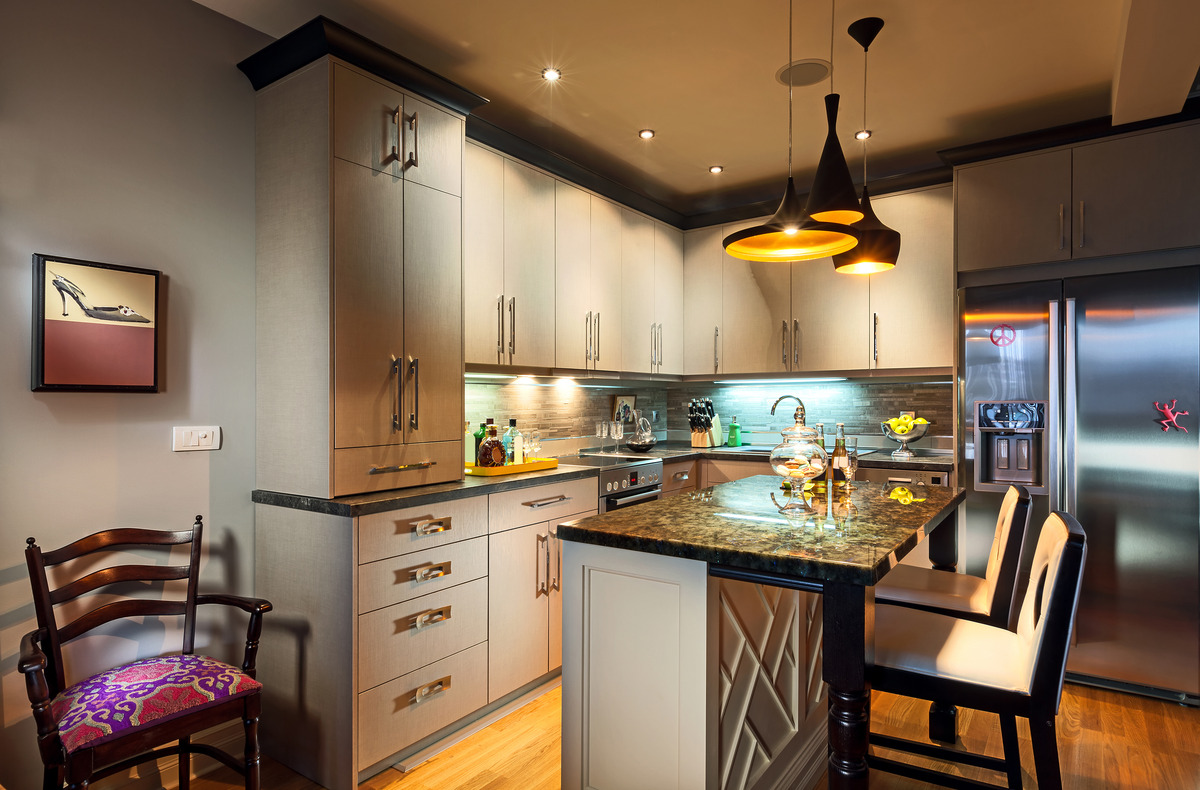
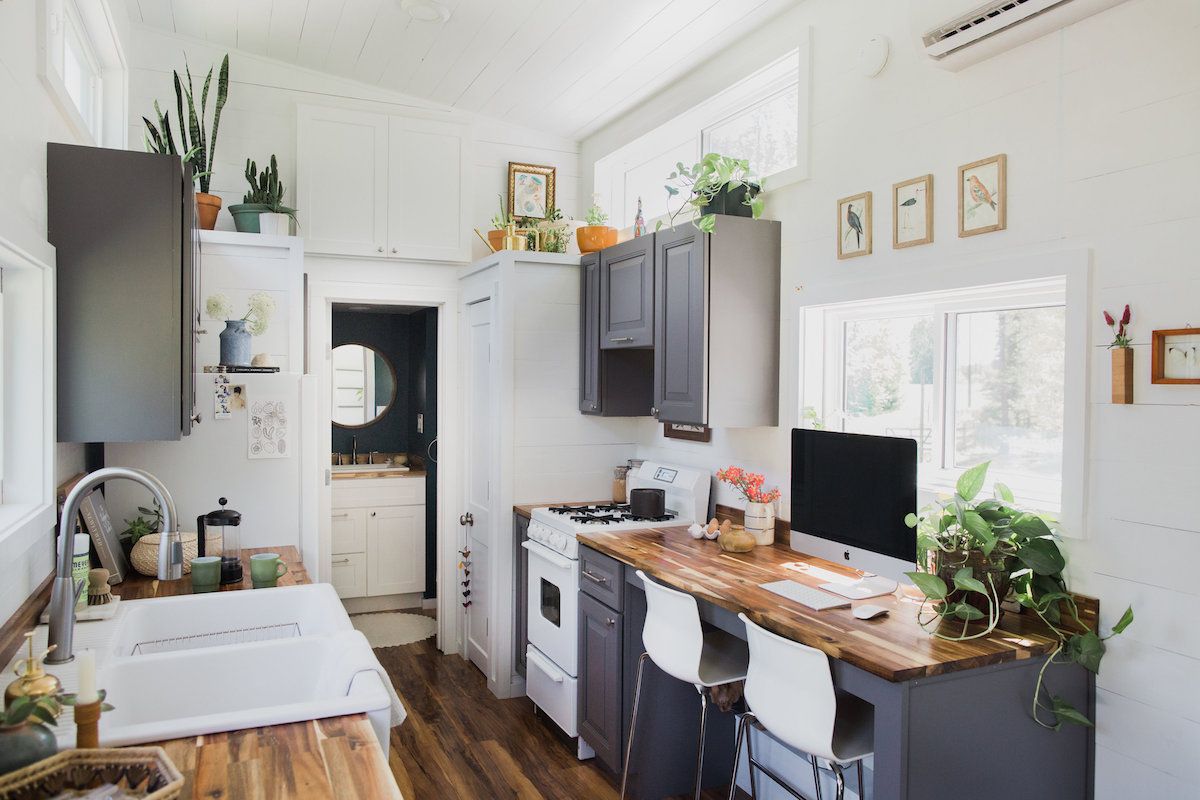
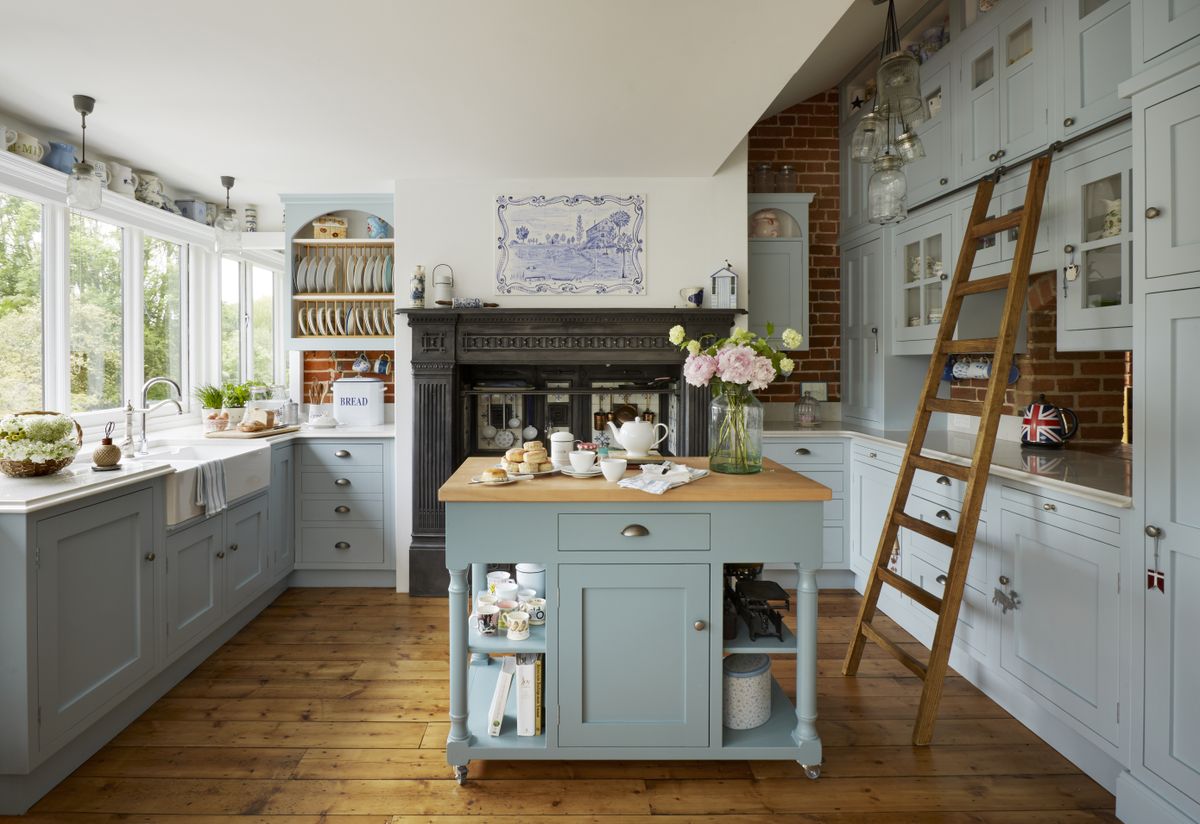
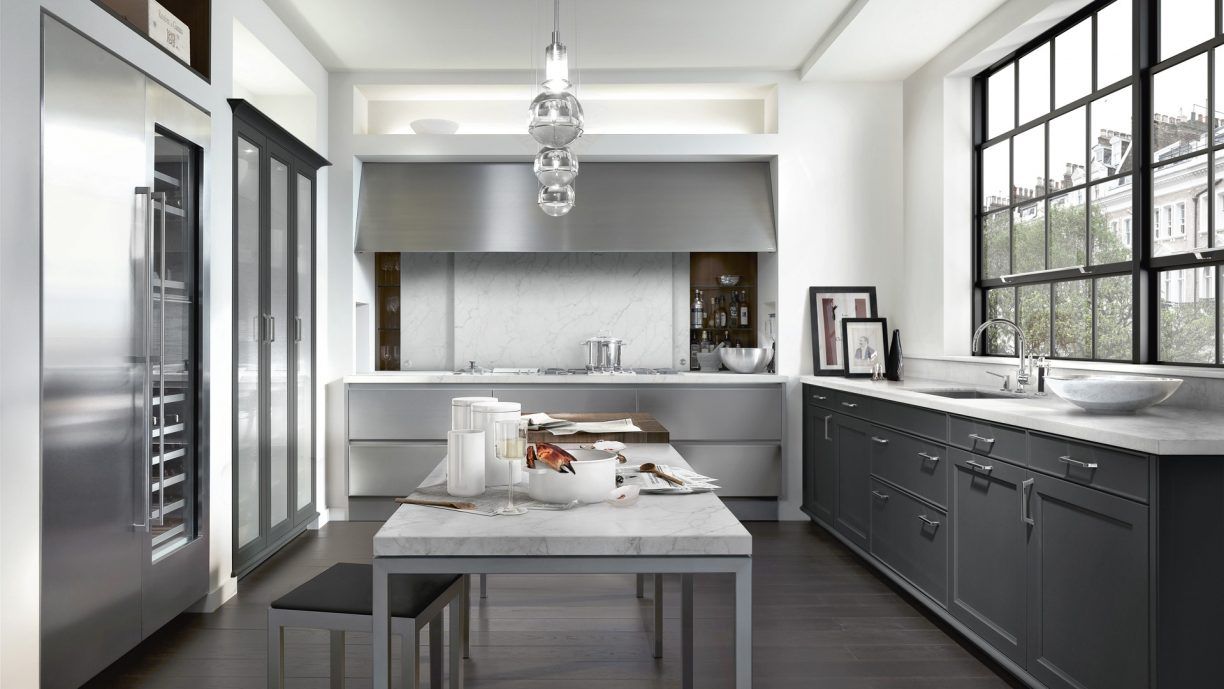
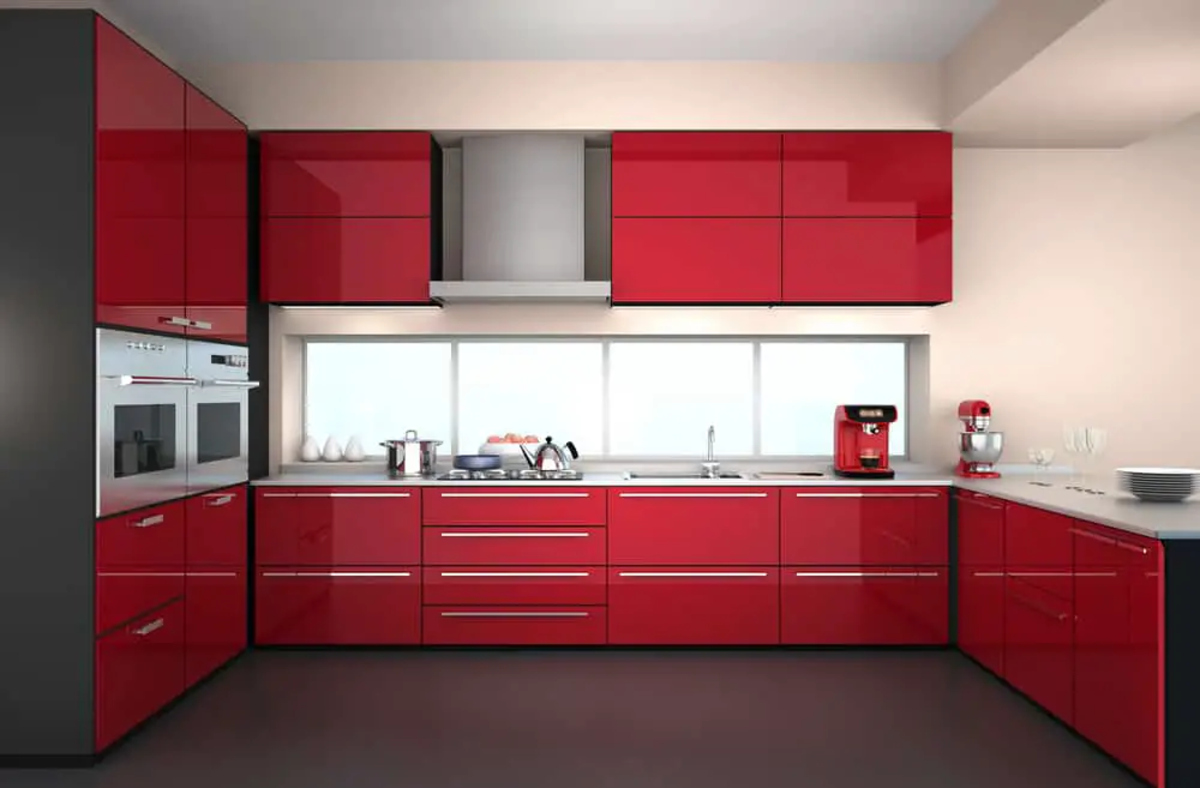
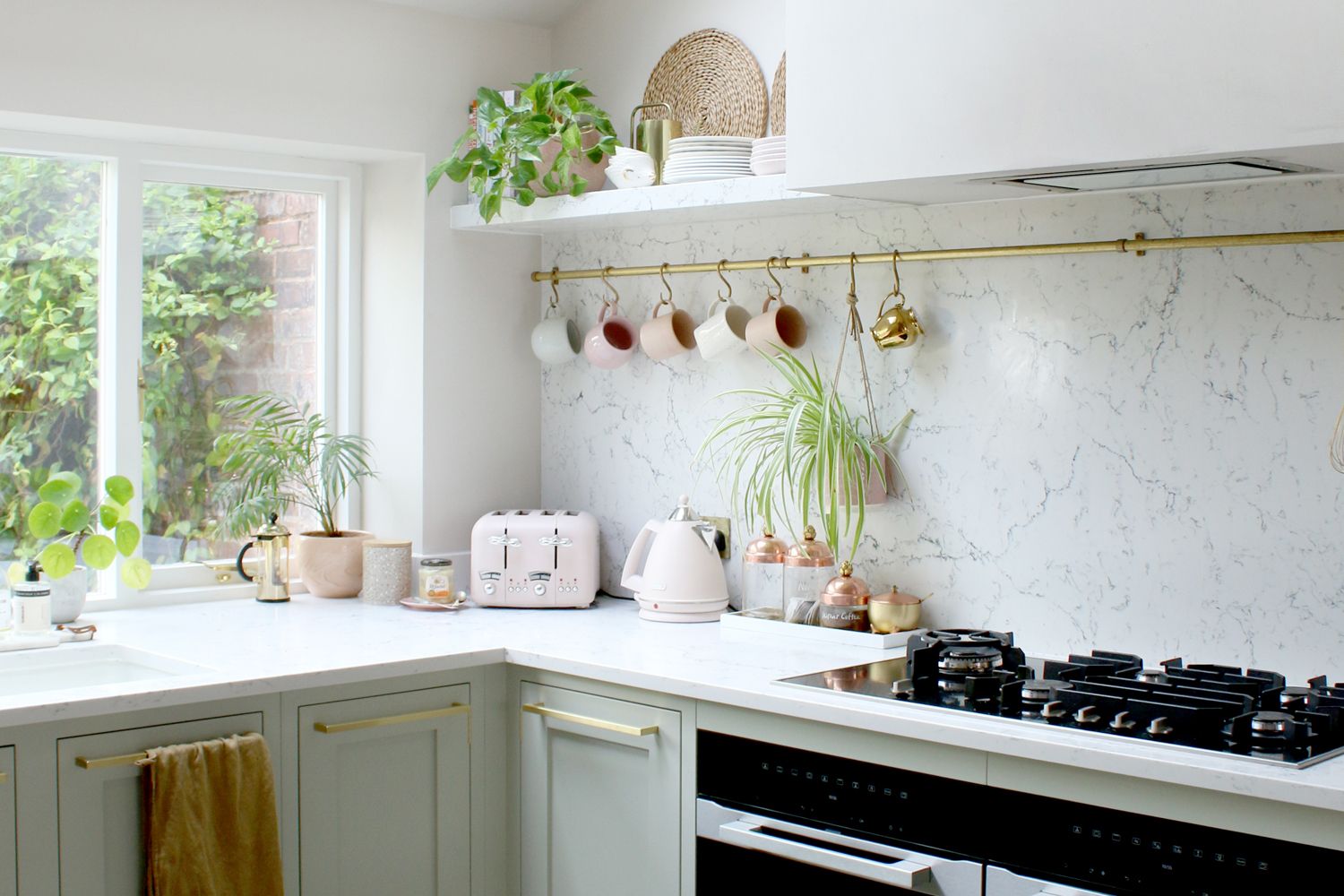

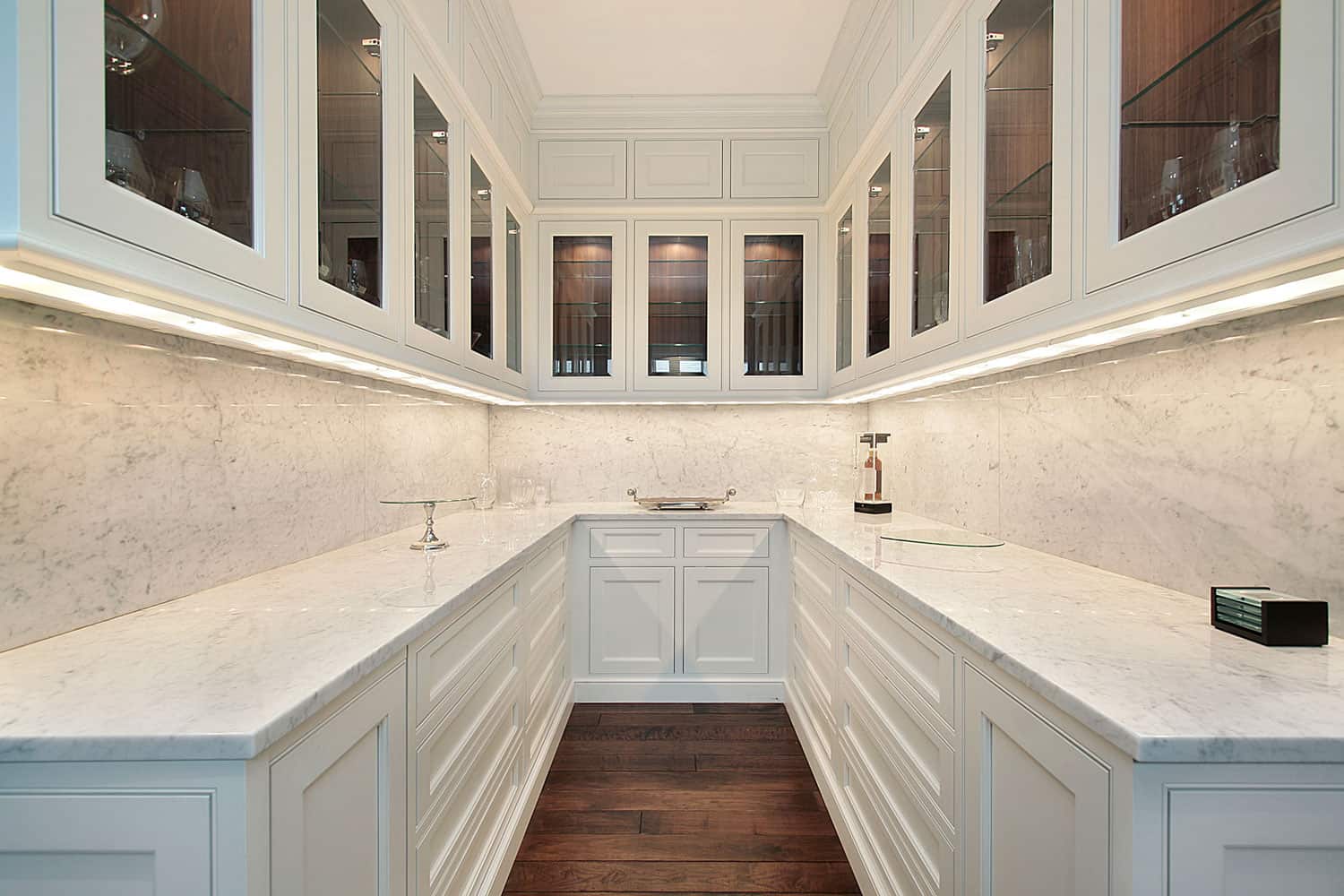
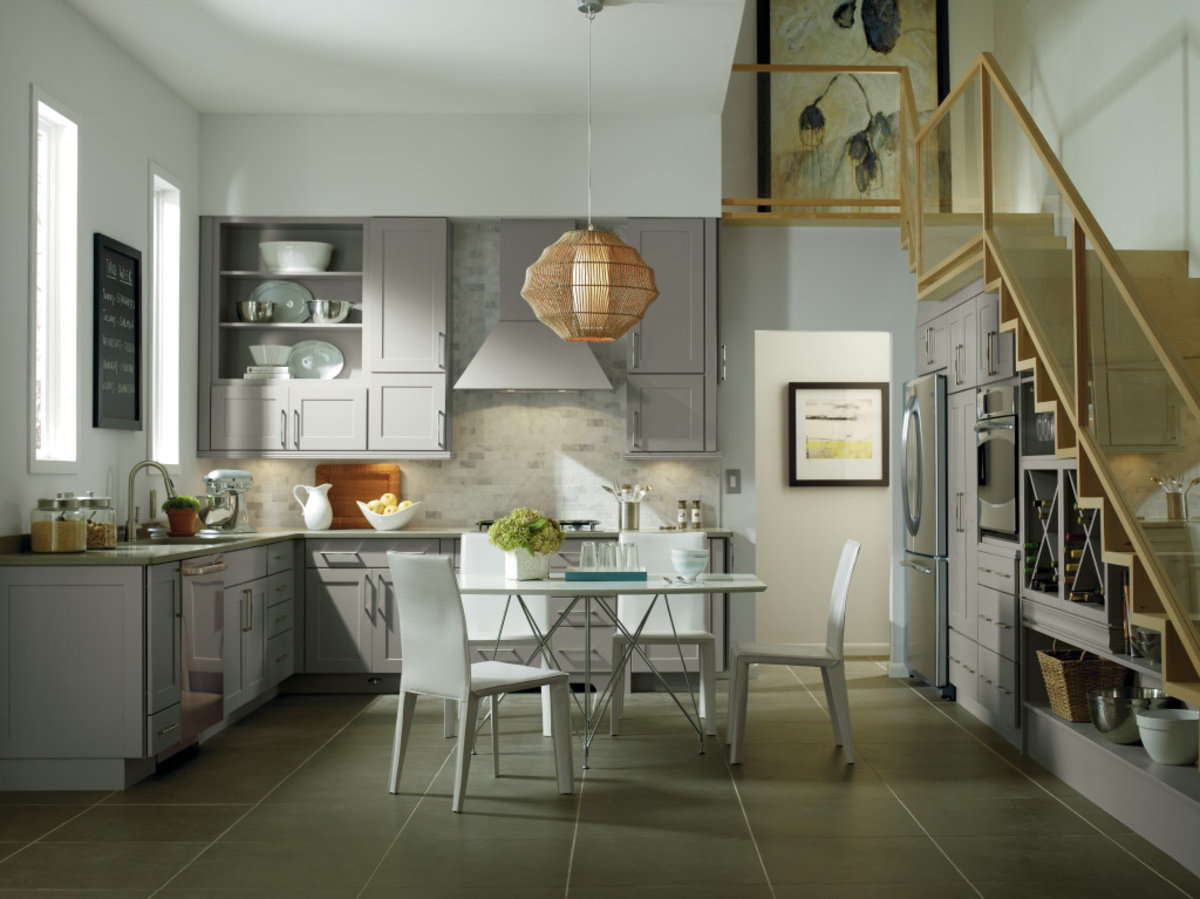
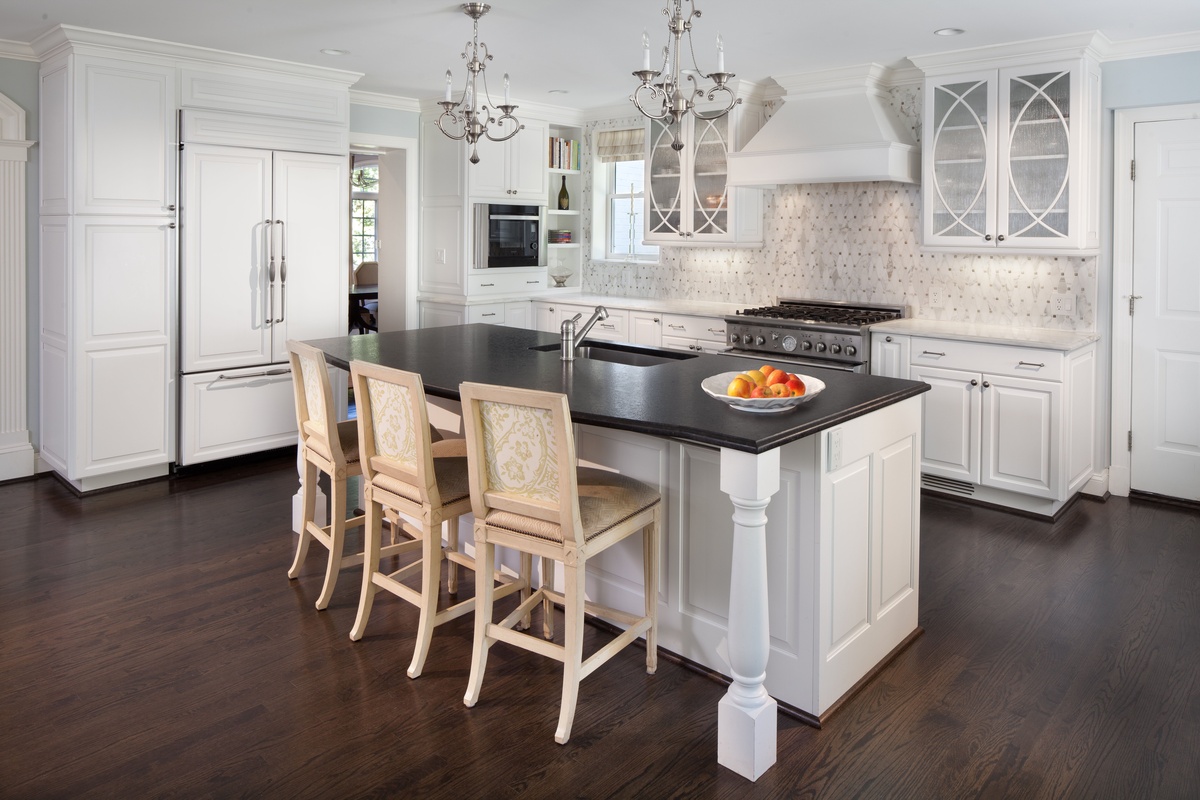
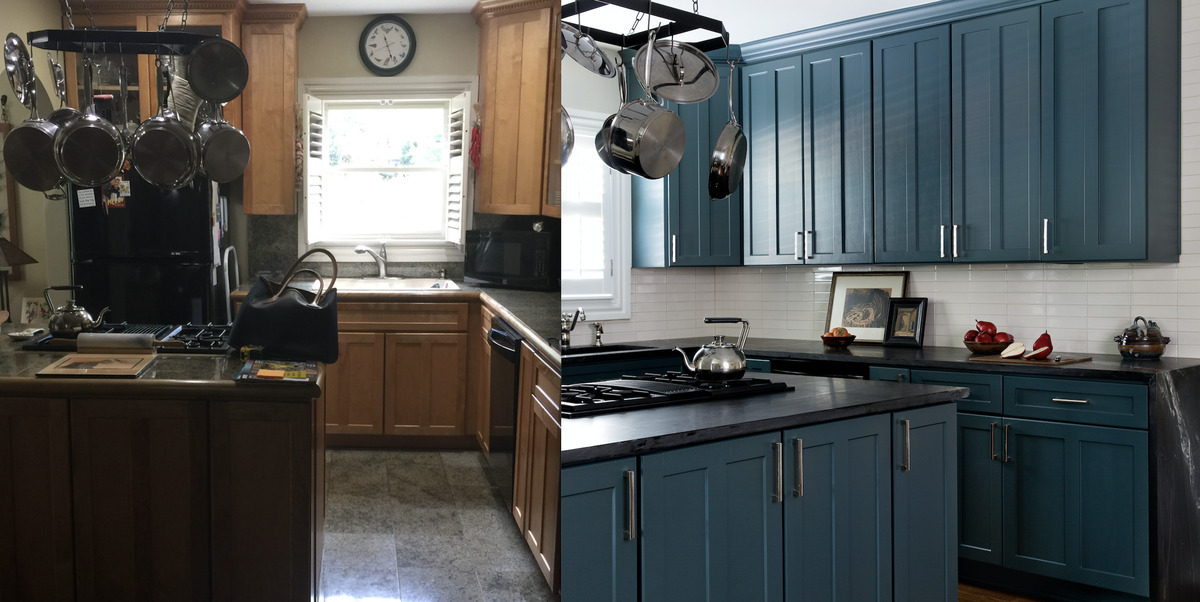
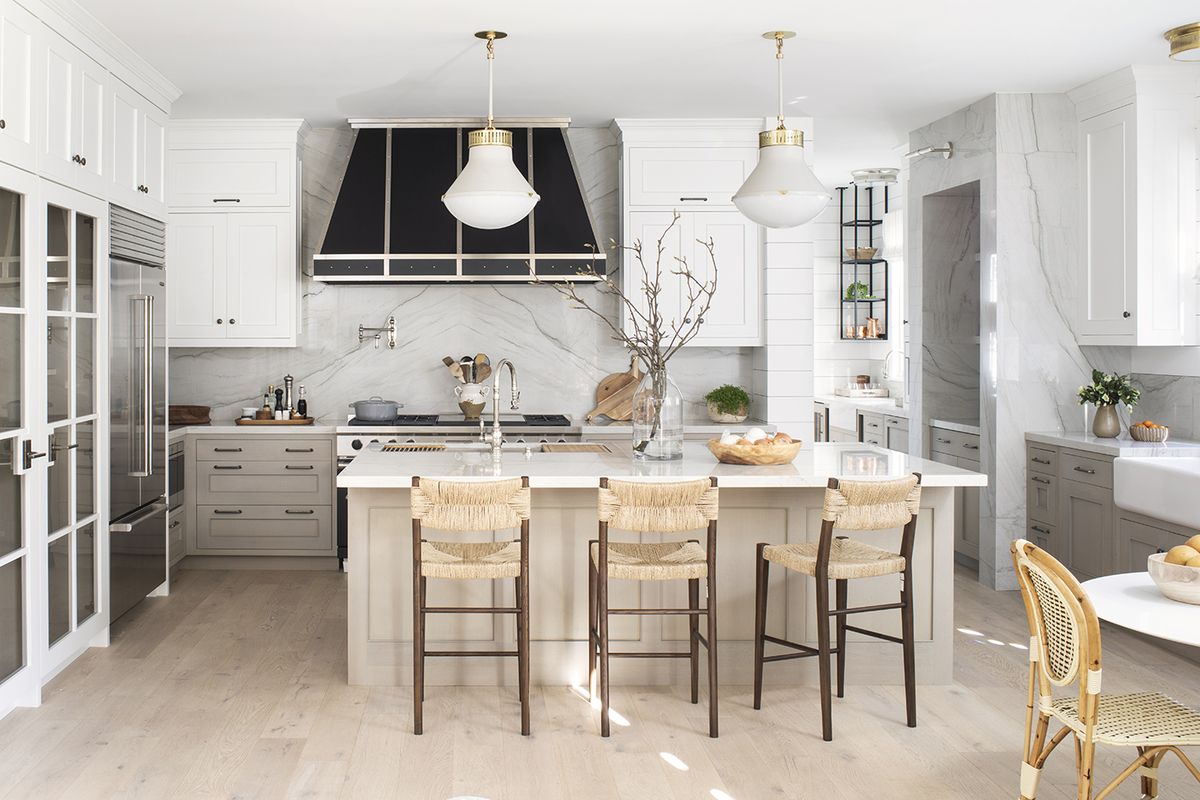
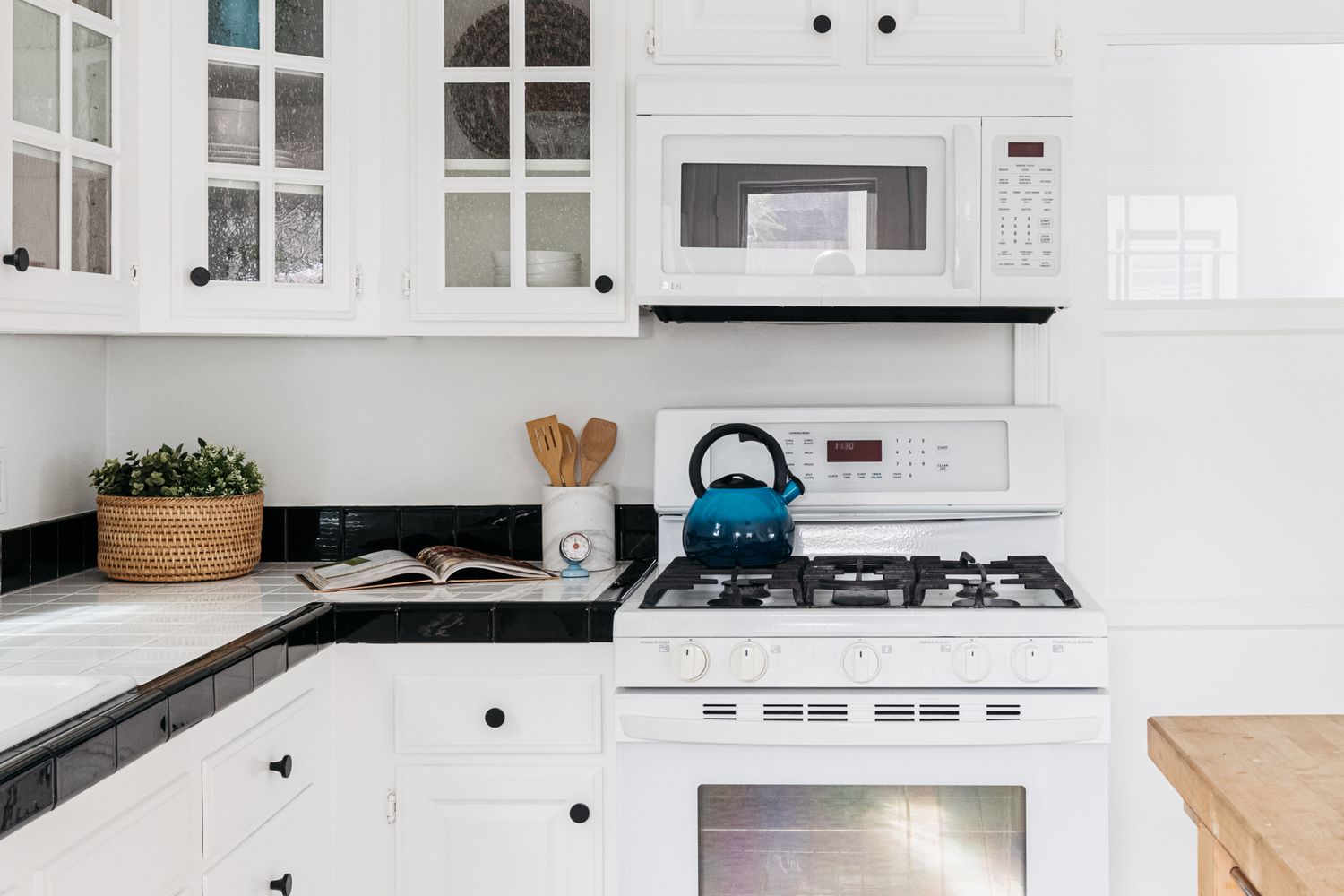

0 thoughts on “I’ve Remodelled 9 Kitchens And These Are The 10 Lessons Learned”